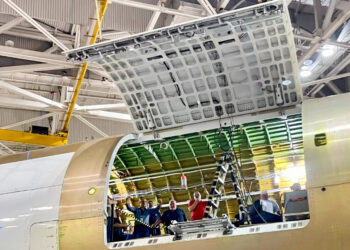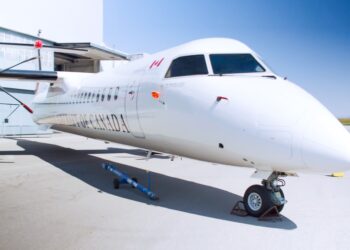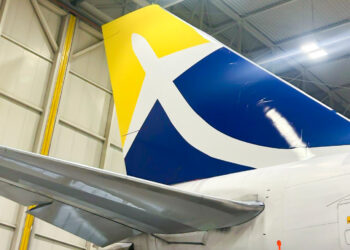No products in the cart.
Raging fires require larger tanker conversions
Against the backdrop of raging wildland fires across many Western states in the U.S., a diversifying fleet of converted air tankers is being called into action. This year, a 737-300 (27700, ex-Southwest Airlines) reconfigured by Canada-based Coulson Aviation as an airtanker or “Fireliner” entered service on behalf of the USDA Forest Service as part of […]





